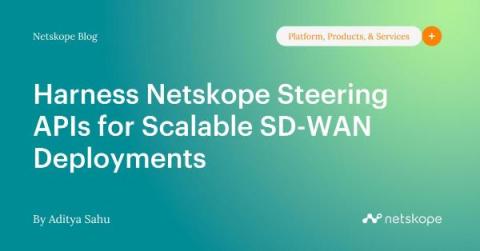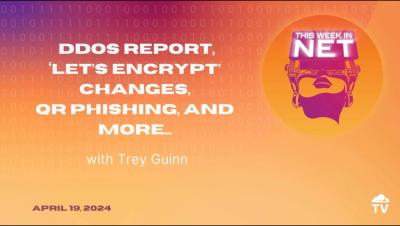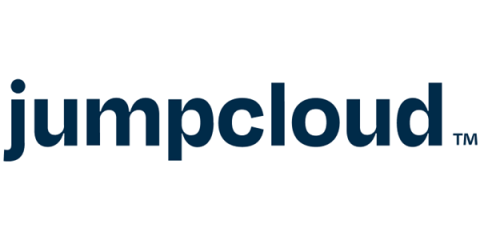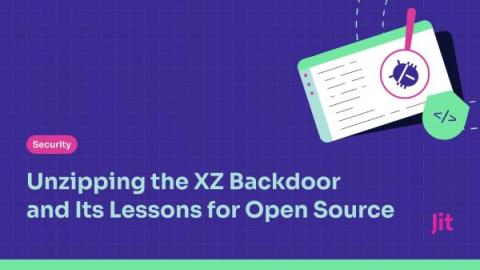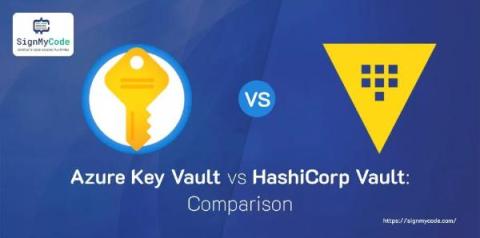11 Best Practices to Secure your Nodejs API
If you are building an API, you are most likely evaluating the pros and cons of available technologies. Sooner or later, you will surely come across NodeJS. NodeJS helps to create stable, scalable, and backward-compatible APIs. Besides the functionalities, you can’t overlook the security risk that comes with them. Misconfigured, insecure APIs leave your companies with high-profile cyber-attacks. Like any APIs, those developed with NodeJS come with security threats.



